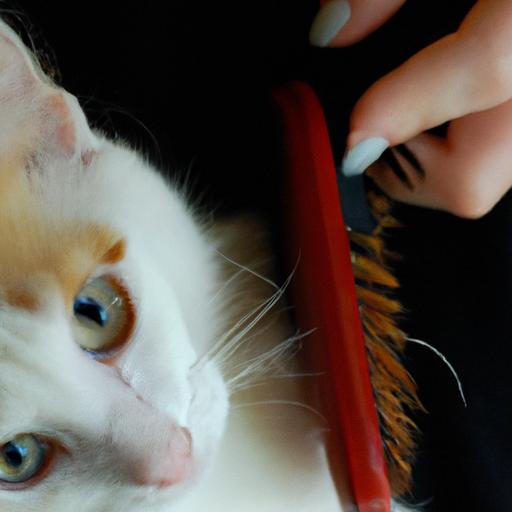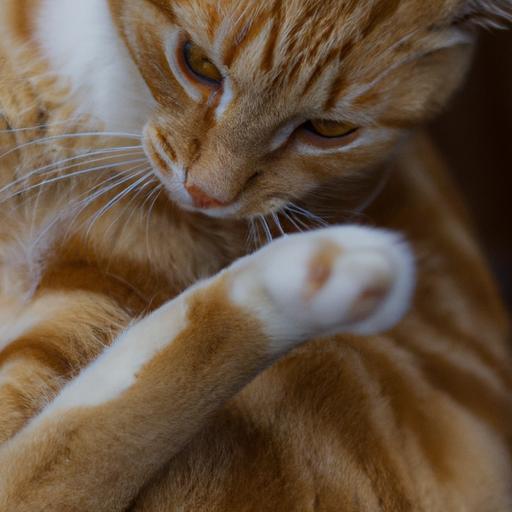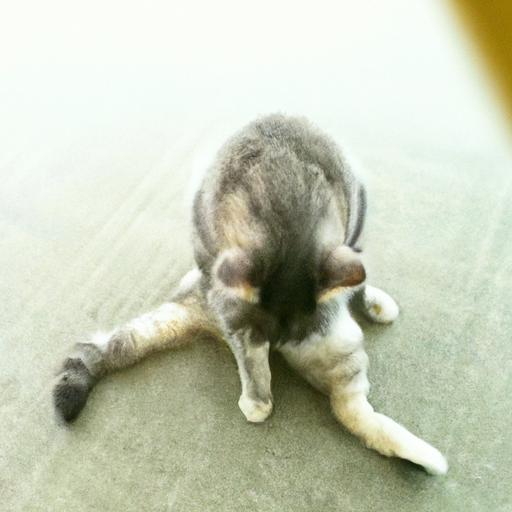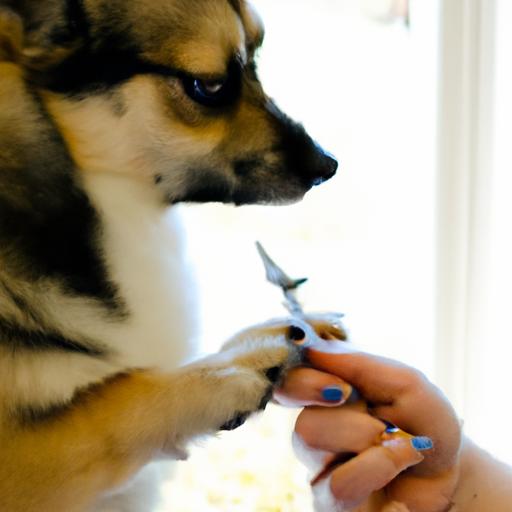
- Home
- Behavior and Training
- Understanding Cat Grooming Habits: A Guide to Keeping Your Feline Friend Happy and Healthy
Understanding Cat Grooming Habits: A Guide to Keeping Your Feline Friend Happy and Healthy
Discover the importance of understanding cat grooming habits. Learn about their natural instincts, benefits of grooming, and FAQs. Keep your feline friend healthy!
Introduction
As cat owners, we all want our furry companions to be happy and healthy. Understanding your cat’s grooming habits is a crucial aspect of ensuring their well-being. Cats are known for their impeccable self-grooming skills, but there’s more to it than meets the eye. In this article, we will delve into the fascinating world of cat grooming habits, shedding light on their natural instincts and the benefits of regular grooming.

Understanding Cat Grooming Habits
A. Natural Grooming Instincts of Cats
Cats are innately clean animals with a deep-rooted grooming instinct. They spend a significant portion of their waking hours grooming themselves and their feline friends. This grooming behavior serves multiple purposes, including cleanliness, temperature regulation, and social bonding.
1. Self-Grooming Behavior
Self-grooming is a fundamental aspect of a cat’s daily routine. Cats use their tongues, which have tiny barbs called papillae, to clean their fur thoroughly. This meticulous process not only removes dirt and debris but also distributes natural oils, keeping their coat healthy and shiny. Additionally, self-grooming stimulates blood flow and acts as a stress-reliever for cats.
2. Social Grooming Behavior
In addition to self-grooming, cats engage in social grooming with their feline companions. Social grooming involves cats licking and nibbling each other’s fur, reinforcing social bonds within a group. This behavior is especially common among cats that live together, as it promotes a sense of trust and belonging.
B. Frequency and Duration of Grooming Sessions
The frequency and duration of your cat’s grooming sessions can vary based on several factors, including breed, age, and overall health.
1. Factors Influencing Grooming Frequency
Different cats have different grooming needs. Long-haired breeds, such as Persians or Maine Coons, require more frequent grooming to prevent matting and hairballs. Cats living in warmer climates may groom themselves more often to regulate their body temperature. Stress, illness, or skin conditions can also influence a cat’s grooming habits.
2. Typical Duration of Grooming Sessions
On average, cats spend around 30% to 50% of their waking hours grooming themselves. However, the duration of each grooming session may vary. Some cats may spend just a few minutes grooming, while others may engage in more extended sessions. It’s important to note that excessive grooming or a sudden decrease in grooming may indicate an underlying health issue and should be addressed by a veterinarian.
C. Benefits of Regular Grooming
Regular grooming plays a vital role in maintaining your cat’s overall health and well-being. Let’s explore some of the key benefits:
1. Maintaining a Healthy Coat
Regular grooming helps keep your cat’s coat in optimal condition. Brushing removes loose hair, prevents matting, and reduces the formation of hairballs. It also enables you to detect any skin abnormalities, fleas, or ticks early on, allowing for prompt treatment.
2. Preventing Matting and Hairballs
For long-haired cats, matting can be a common issue. Regular grooming, including brushing and occasional trimming, helps prevent mats from forming and causing discomfort to your feline friend. Additionally, by reducing loose hair through grooming, you can minimize the likelihood of hairballs, which can lead to digestive issues if ingested.
3. Promoting Bonding Between Cat and Owner
Grooming sessions provide an excellent opportunity for bonding with your cat. By engaging in gentle grooming activities, such as brushing or cleaning their ears, you can strengthen the trust and connection between you and your feline companion. It’s a time for relaxation and mutual affection.
FAQ (Frequently Asked Questions)
A. How Often Should I Groom My Cat?
The grooming frequency for cats varies depending on their breed, coat length, and individual needs. In general, it is recommended to brush your cat at least once a week for short-haired breeds and more frequently for long-haired breeds. However, it’s essential to observe your cat’s grooming habits and adjust accordingly.
B. What Grooming Tools Are Recommended for Cats?
The choice of grooming tools depends on your cat’s specific needs. Some essential tools include a slicker brush for removing loose hair, a comb for detangling and preventing matting, and a cat-specific nail trimmer. Consult with your veterinarian or a professional groomer to determine the most suitable tools for your cat.
C. Can I Groom My Cat If It Dislikes Being Touched?
If your cat is reluctant to be groomed, it’s important to approach the process gradually and with patience. Start by introducing gentle touches and rewards, such as treats or praise, to associate grooming with positive experiences. Seek guidance from a professional cat behaviorist if necessary.
D. How Can I Help My Cat with Excessive Shedding?
Excessive shedding can be managed through regular grooming. Brushing your cat’s fur helps remove loose hair before it ends up on your furniture or clothing. Additionally, ensuring a balanced diet, rich in essential fatty acids, can improve coat health and reduce excessive shedding. Consult your veterinarian for dietary recommendations.
Conclusion
Understanding your cat’s grooming habits is vital for their overall health and well-being. By recognizing their natural instincts, grooming frequency, and the benefits of regular grooming, you can provide the necessary care and attention to keep your feline friend happy and healthy. So, embrace the role of a diligent groomer and enjoy the bonding moments with your beloved cat. Remember, a well-groomed cat is a contented cat!






















